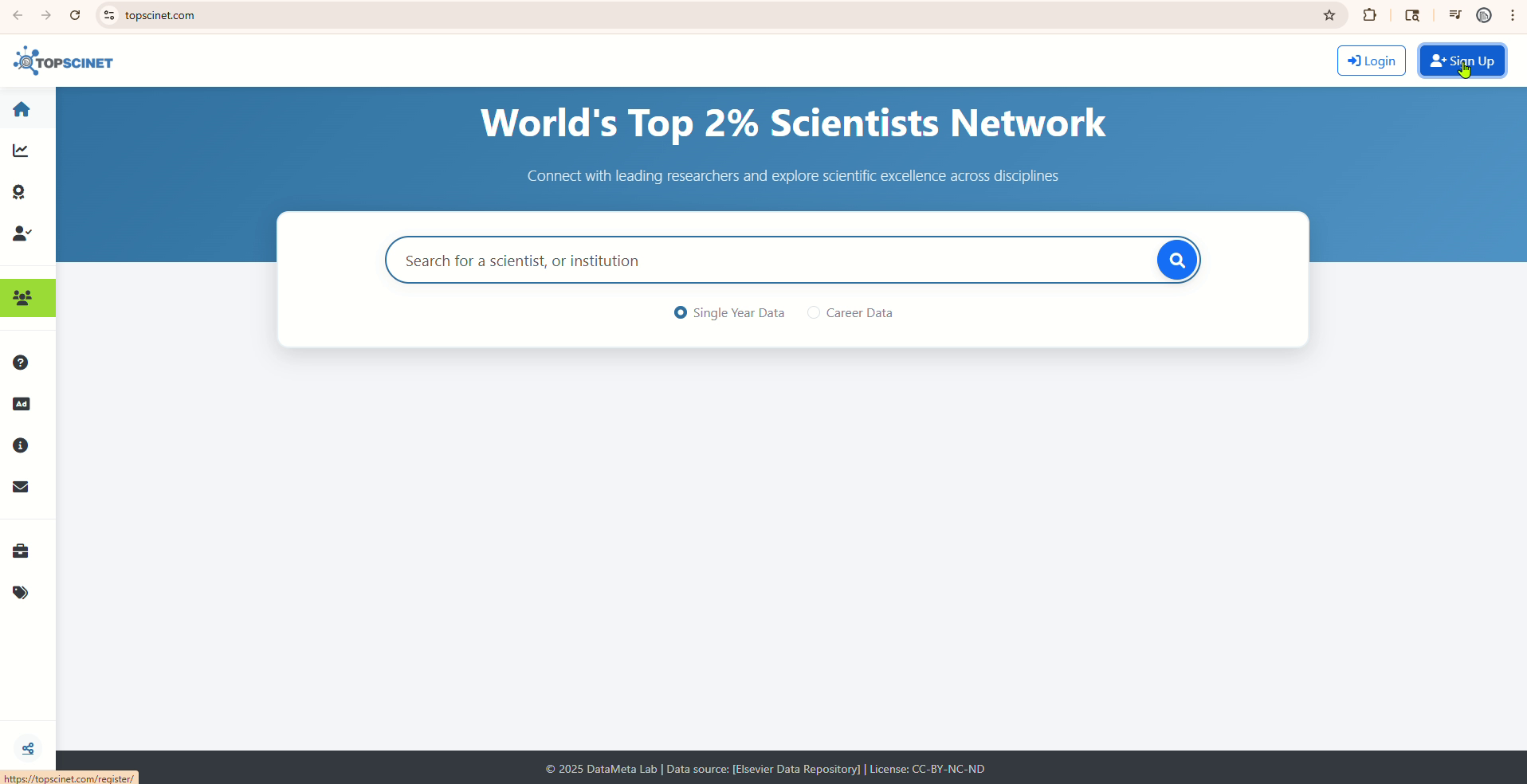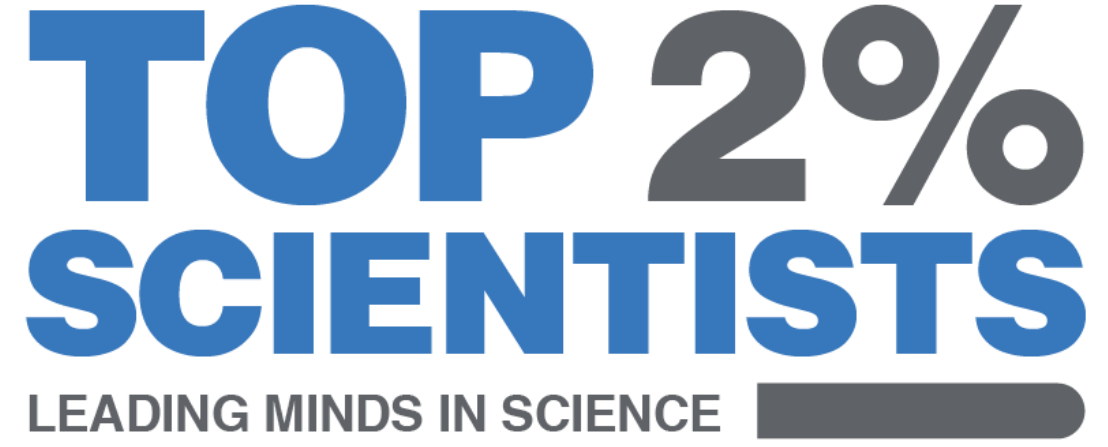Stanford’s Top 2% Scientists List
Stanford’s Top 2% Scientists List is an esteemed ranking that identifies the most cited scholars in their fields. This ranking, derived from Scopus database data, highlights researchers whose work has had a significant impact across various scientific disciplines [1]. This article explains what is the methodology and selection criteria of the Top 2% Scientists List. You can also read this article that explains what is What is the World’s Top 2% Scientists list by Stanford University.
Methodology
The ranking is based on a composite indicator (c-score) calculated from six citation metrics:
- Total citations (NC)
- H-index (H)
- Hm-index (H-index adjusted for the number of authors)
- Citations to single-author papers (NCS)
- Citations to single or first-author papers (NCSF)
- Citations to single, first, or last-author papers (NCSFL)
- The c-score combines these metrics to provide a comprehensive measure of a scientist’s impact, accounting for both the quantity and the quality of their contributions.
Selection Criteria
The list encompasses researchers across 20+ diverse fields. Researchers are categorized into 22 scientific fields and 174 sub-fields based on the standard Science-Metrix classification [2].
The selection process involves two key steps:
- Top 100,000 Scientists: Initial Selection of Top 100,000 Scientists
- 2% Percentile: Subsequent inclusion based on the Top 2% Percentile of their sub-field
This dual approach ensures fair representation across disciplines, as citation patterns vary significantly between fields. For instance, medical and engineering research typically garner higher citation counts compared to social sciences and humanities.
Data and Updates
- Career-long Impact: Metrics cover the entire career of a scientist up to the end of current year-1.
- Recent Year Impact: Metrics focus on citations received during current year-1.
- Latest Version: This latest version is based on the Scopus snapshot as of October 1, current year.
- Transparency and Accessibility: This is a publicly accessible database that includes standardized information on citations, h-index, co-authorship adjusted hm-index, and the c-score. Metrics are available with and without self-citations, and field-specific percentiles are included for all scientists with at least five papers.
References:
[1] https://elsevier.digitalcommonsdata.com/datasets/btchxktzyw/8
[2] https://data.mendeley.com/datasets/td6tdp4m6t/1
Searchable Database for Top 2% Scientists
Visit TOPSCINET.com
If your name appears in the search results, claim your profile using your institutional email to update your social media links and enhance your online presence.





Pingback: What is the World’s Top 2% Scientists List by Stanford University? - Top 2% Scientists
I would like to thank you foryour efforts.
I am glad to see this.
Sincerely
Sabir, Ali
Horticulture
Selcuk University
Konya, TURKIYE
905334620261
asabir@selcuk.edu.tr
May we have a clearer definition of the career-long grp ie. when a person would be included on this grp?
My Name is Dr Gurjeet Singh Professor in Microbiology from India
Good no. Of publication but not found my name here
Please reply
Hi Scientists,
Sharing is caring. I am happy to share my new FREE ebook “Mastering the Art of Research: 15 Strategies and Habits of Distinguished Scientists.” Thank you.
https://play.google.com/store/books/details/Mohamad_Adam_Bujang_Mastering_the_Art_of_Research?id=QdwbEQAAQBAJ&hl=en-MY
May i know how career long achievement was determined? Criteria in details, thank you
Appreciate it.
I’m writing to ask about potential bias in this analysis. My papers have been published more than many people in my institution, but I am not on this list. Can you help me find out why? I am Cheng-Ta Li, from Taipei Veterans General Hospital.
Thank you so much for your reply.
I have the same observation.
My Name is Mohammad Shamsul Ola, a professor of biochemistry from King Saud University, Saudi Arabia. I have 93 documents (published articles) with several thousands of citations
but I could not find my name here.
Need help
This might be your profile: https://topresearcherslist.com/Home/Profile/901512
Hello,
Can a researcher know his c scpre and ranking if he is not included in the Excel list?
Best regards,
Pingback: Classificações de um best scientist – Pesquisa da Pesquisa e Inovação
How do I correct my institutional information? My affiliation on the Top 2% list for both 2024 and 2025 is incorrect; it shows my two different previous institutions instead of my current one.
To gain editing privileges and update your affiliation on your profile, please navigate to the Pricing Plans tab in the side menu on our website and subscribe to the Elite Researcher Plan:
https://topscinet.com/pricing_table/